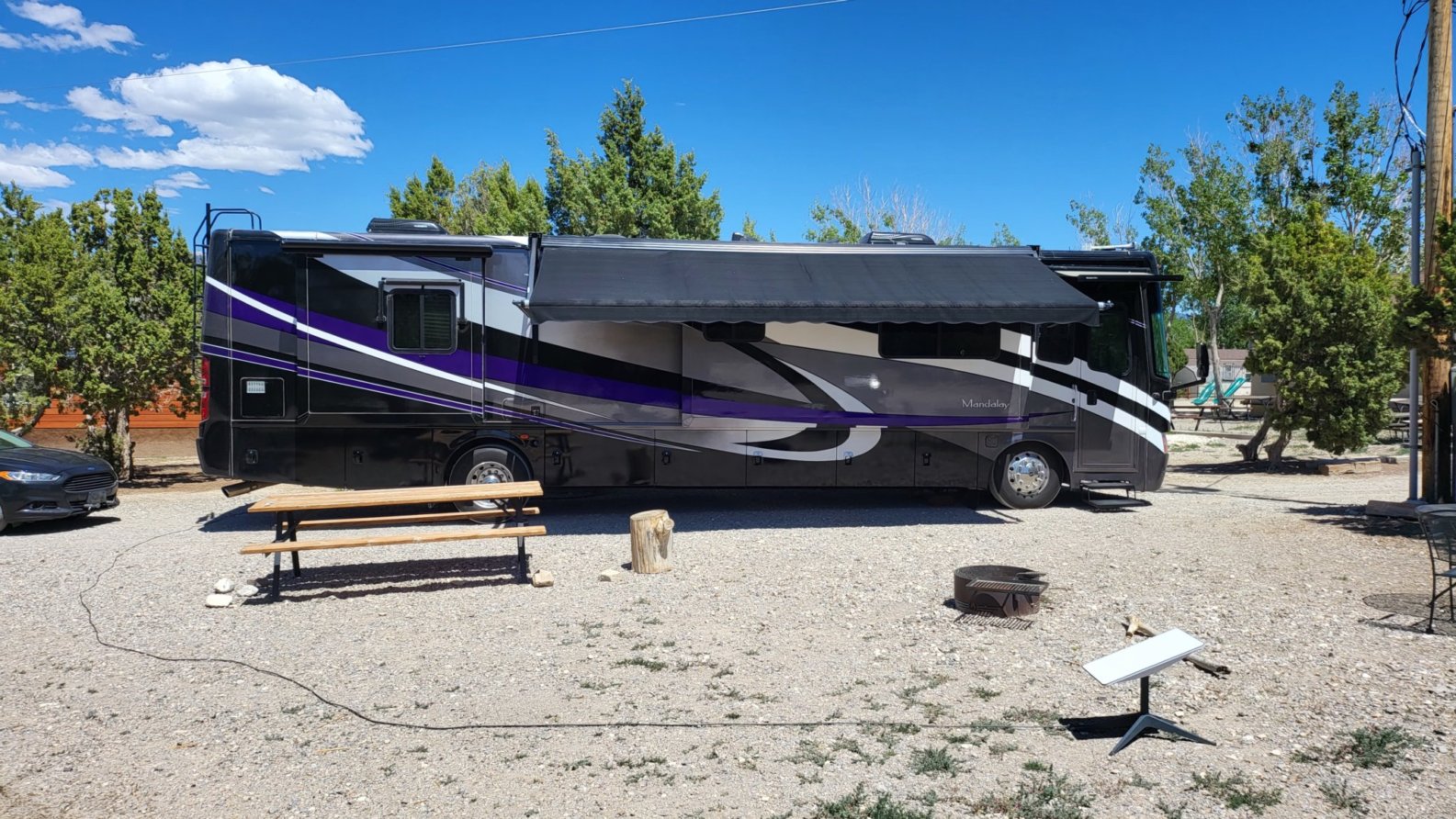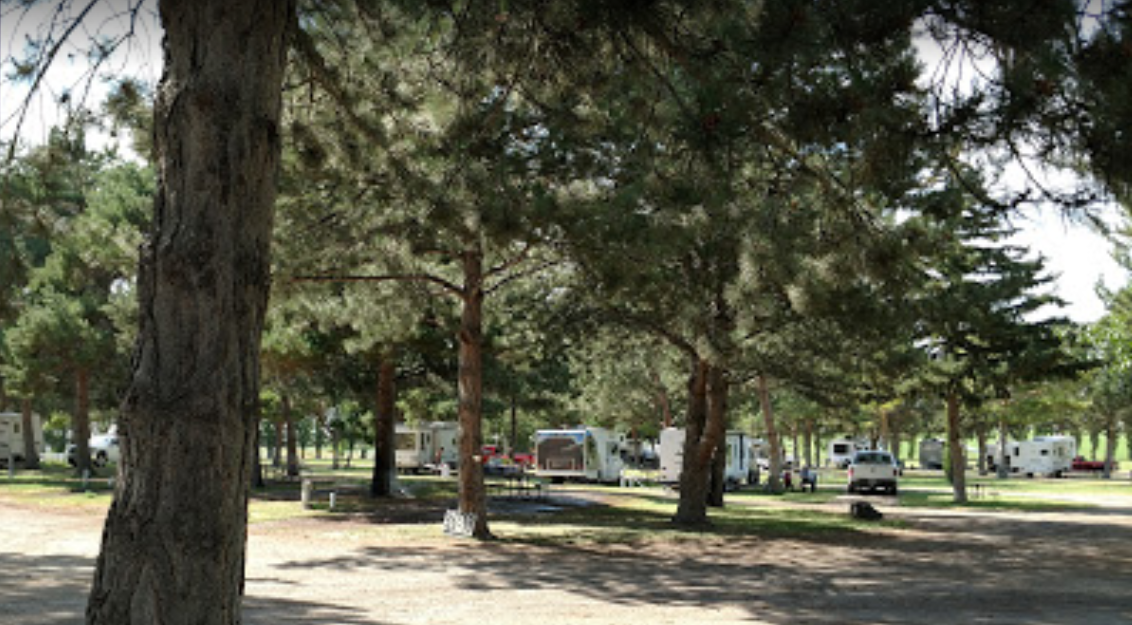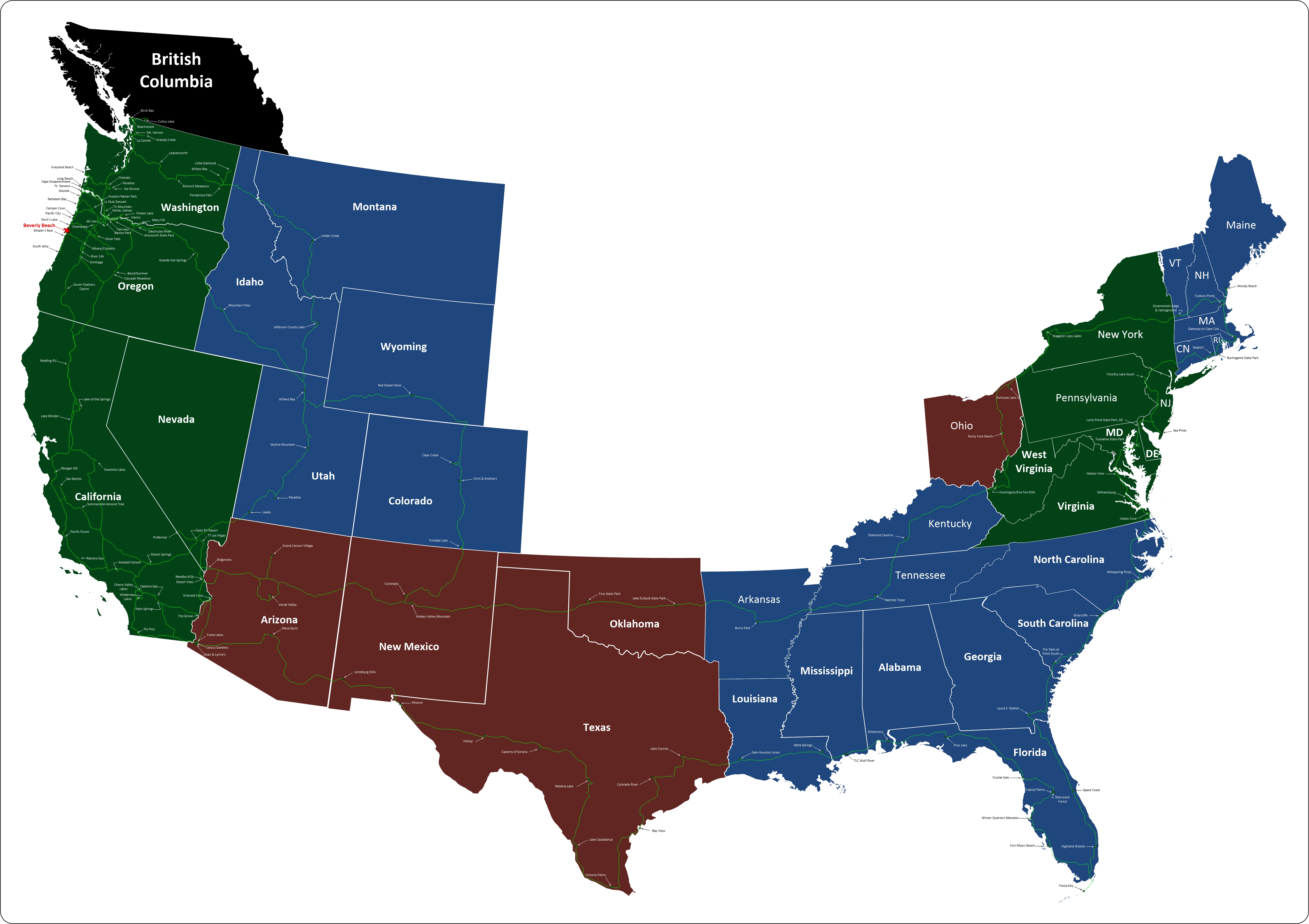New Jersey was inhabited by Native Americans for more than 2,800 years, with historical tribes such as the Lenape along the coast. In the early 17th century, the Dutch and the Swedes founded the first European settlements in the state. The English later seized control of the region, naming it the Province of New Jersey after the largest of the Channel Islands, Jersey, and granting it as a colony to Sir George Carteret and John Berkeley, 1st Baron Berkeley of Stratton. New Jersey was the site of several important battles during the American Revolutionary War in the 18th century.
In the 19th century, factories in the cities Camden, Paterson, Newark, Trenton, Jersey City, and Elizabeth (known as the "Big Six"), helped to drive the Industrial Revolution. New Jersey's geographic location at the center of the Northeast megalopolis, between Boston and New York City to the northeast, and Philadelphia, Baltimore, and Washington, D.C., to the southwest, fueled its rapid growth through the process of suburbanization in the second half of the 20th century. In the first decades of the 21st century, this suburbanization began reverting with the consolidation of New Jersey's culturally diverse populace toward more urban settings within the state, with towns home to commuter rail stations outpacing the population growth of more automobile-oriented suburbs since 2008. According to 2017 FBI data, 30 of America's 100 safest municipalities were in New Jersey, the most of any U.S. state, followed by Connecticut, with 14 towns.




